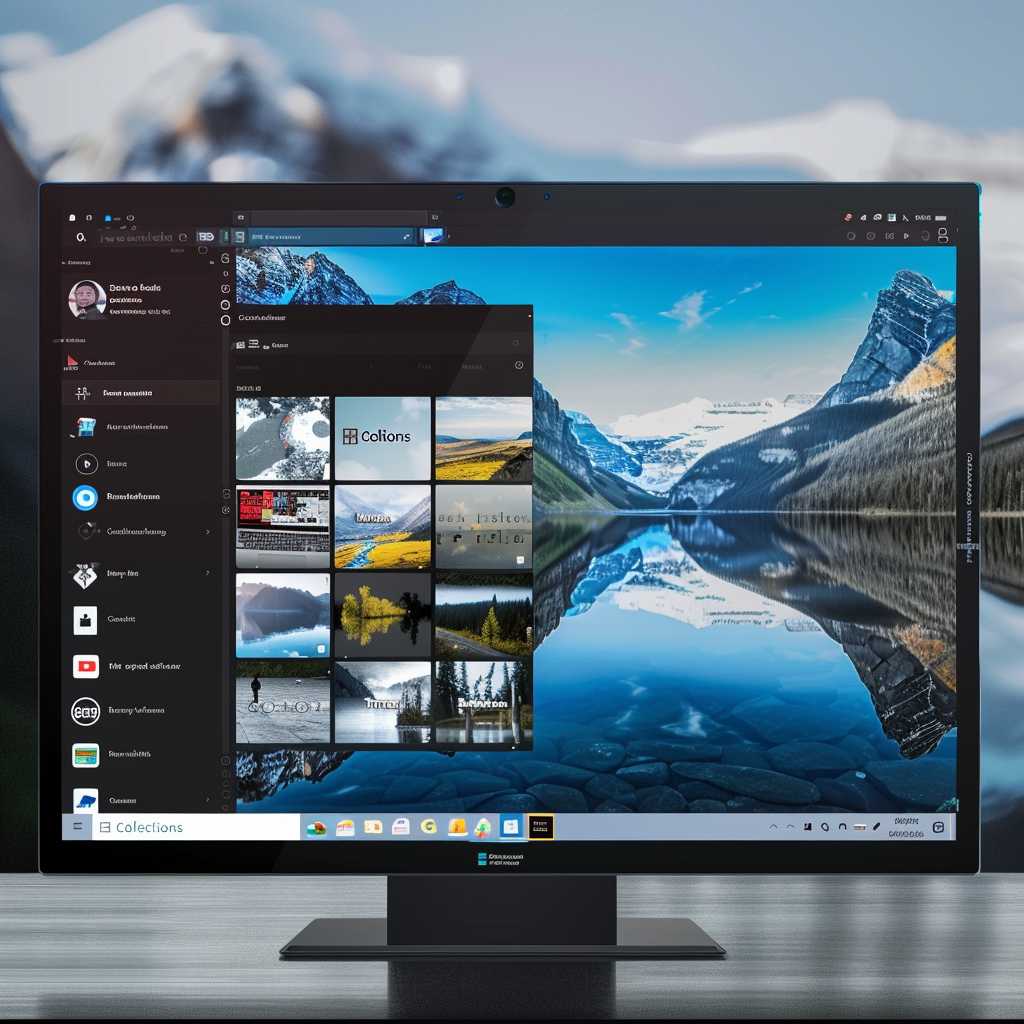The Emergence and Impact of Microsoft Edge on the Web Browsing Landscape
Microsoft Edge is a pivotal web browser in the realm of internet navigation tools, emerging as a strong contender to its predecessors and competitors. Released by Microsoft in 2015, it was developed to replace Internet Explorer as the default browser on Windows devices and has since undergone significant evolution. This article delves into Edge’s inception, feature innovation, market reception, its standing in comparison with other top browsers, and future prospects.
The Birth of Microsoft Edge
Microsoft Edge was born out of a necessity to provide a modern web browsing experience that could match or surpass that offered by rivals such as Google Chrome and Mozilla Firefox. The new browser was designed from the ground up with a focus on speed, security, and user-friendliness. Edge was initially built on EdgeHTML and Chakra, proprietary rendering and JavaScript engines respectively. However, despite substantial investment and development, it struggled to gain popularity amongst users who were by then deeply entrenched with other browsers.
Transition to Chromium: A New Chapter for Edge
Realizing the need to adapt and become more competitive, Microsoft made a strategic move in 2019 by adopting the Chromium open-source project as the new foundation for its browser. This overhaul meant that Edge would now use the same rendering engine as Google Chrome, called Blink, making it more compatible with web standards and alleviating many performance issues users faced with EdgeHTML.
This transition represented a significant bracing step towards broader acceptance and usage, placing Microsoft in a cooperative position with the open-source community and enabling enhanced compatibility with an expansive range of extensions and web applications.
Features and Innovation in Edge
One of Edge’s distinctive contributions to the browsing experience is its integration within the Windows operating system ecosystem. Features like “Collections” empower users to collate web content; “Vertical Tabs” an organisational tool unfamiliar among competitor browsers; and various unique learning tools augment Edge’s offerings.
Since adopting Chromium, Edge has demonstrated an accelerated pace of innovation, including privacy-focused features like tracker prevention, performance enhancements such as sleeping tabs that utilize less system resources for inactive tabs, and native integration with Microsoft services like Office 365, outlook.com, and more enhancing productivity possibilities for professionals.
Market Reception and Competitive Positioning
While historically trailing behind leaders like Chrome and intermittently Safari or Firefox in user base size, Edge has been making notable headway. According to various analytics platforms, there’s been an observable uptick in adoption rates paralleling its Chromium rebirth – boosting it into becoming arguably the third or second most-used desktop browser worldwide.
Nevertheless, convincing users entrenched in their default browsing preferences poses an ongoing battle—but one where Microsoft commits ongoing resources towards innovative engagement strategies. It emphasizes growth among consumer segments critically bound to Windows services and fluent device ecosystems encompassing PCs, Xbox consoles, and Surface devices.
The Broader Implications of Edge’s Evolution
The industry implications of a vibrant Microsoft browser resonate across the tech landscape. The choice on behalf of Microsoft to leverage Chromium echoed acknowledgment towards an internet experience necessitating inter-operability prioritization and user experience centralization over solitary tech stack proliferation—an ethos bench-marked carefully by developer communities and competing browser stakeholders alike.
